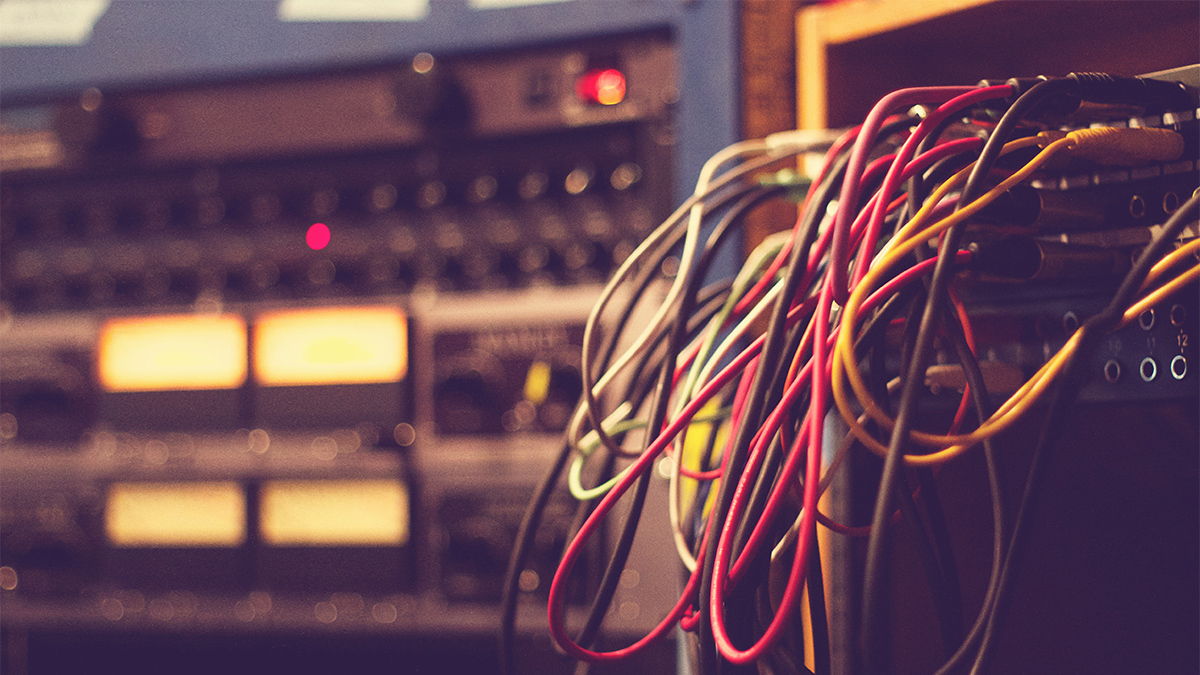4 Ways To Unleash The Power Of Sidechain Compression

Sidechain Compression is an incredibly powerful technique that can be used both to solve mixing problems and for creative purposes.
Most producers of electronic music will be very familiar with the idea of side-chain compression (and may want to skip tip 1 below!) but may not have considered all the creative possibilities that side-chaining affords.
Many beginner rock producers seem to be unaware of this technique entirely – and may be surprised at how useful it proves to be.
What Is Sidechain Compression?
You can potentially use side-chaining with any dynamics processor, but let’s use compression as an example here. Normally, when we compress an audio signal, we use that same signal to trigger the compression. This may sound obvious; if I’m compressing a piano then I will want the compressor to kick in when I hit the louder notes on the piano (those that are above the threshold I have set).
However, more sophisticated processors allow you to use a completely unrelated audio signal as a ‘side-chain. So even though I’m still compressing my piano – another, the separate audio signal is now triggering my compressor.
If this all sounds a little confusing, let’s give another example. Think of a Radio DJ talking over a bed of music. Every time the DJ speaks, the level of the music drops; this is side-chain compression in action.
The music is running through a compressor that is side-chained to the DJ’s vocal mic. When the DJ talks, the compressor is activated, ‘ducking’ the level of the music so we can hear their voice more clearly. Below, we discuss some other uses of this technique.
1. Use Your Kick As A Side-Chain Trigger
This is pretty much lesson 1 for EDM producers, but is perhaps not as well known by producers of other styles where it can be equally helpful. Take a listen to Avicii’s ‘Wake Me Up’ below. Notice how clear the kick sounds; this is because it is being used as a side-chain trigger for multiple elements in the track.
You can set up compressors on your bass, synths pads, even your vocal, and side-chain these to a signal from your kick. Every time your kick hits, all of these elements will ‘duck’ out of the way, making your kick cut through your mix and sound much more powerful.
Try this out on rock music too – your ducking here should be more subtle than it would be on an EDM track, but it can add life to the bottom end of your track.
2. Use Under-Miking On Drums To Trigger Your Gates
When gating drums, it can sometimes be hard to get a really clean signal. For example, a rack tom may well pick up a lot of spills from the snare, If you under-mic the drum in question you should pick up a signal with much less spill.
You don’t actually need to use this mic in your final mix, as it may not sound very good at all! However, you can use it as a side-chain trigger for your rack tom gate and you will find that it will be much more reliably accurate for this purpose than the mic you placed above the tom.
3. Use Your Kick To Trigger Sub Bass Notes
You can use your kick to trigger a low-frequency sine wave that will add some real punch to your kick drum sound; this trick was a big favorite in the disco era! Create an aux track with a signal generator on it, and set a sine wave playing in the same key as your track at an octave that is suitably low for it to work as your sub
. It is easy enough to find out the frequencies of musical notes online. So, for example, if my track is in the key of C, I can set my signal generator to create a sine wave at 65.41Hz (my signal generator may round this down to 65Hz, but that’s fine).
Immediately below the signal generator in your signal chain, insert your gate. You can then side-chain your gate to your kick track. Every time your kick drum plays, it will open the gate and you will trigger a nice, meaty sub.
4. Get Creative with Sidechain Compression
Your imagination really is the limit here! A very famous example of the creative use of side-chaining is on the Prince classic, ‘Kiss’.
In this track, engineer David Z took an unremarkable acoustic guitar part and ran it through a gate that was being triggered by the hi-hat part on the song. The result was an unforgettable guitar part (and one that is impossible to play by normal means!)



Comment on this post on SoundGym Community